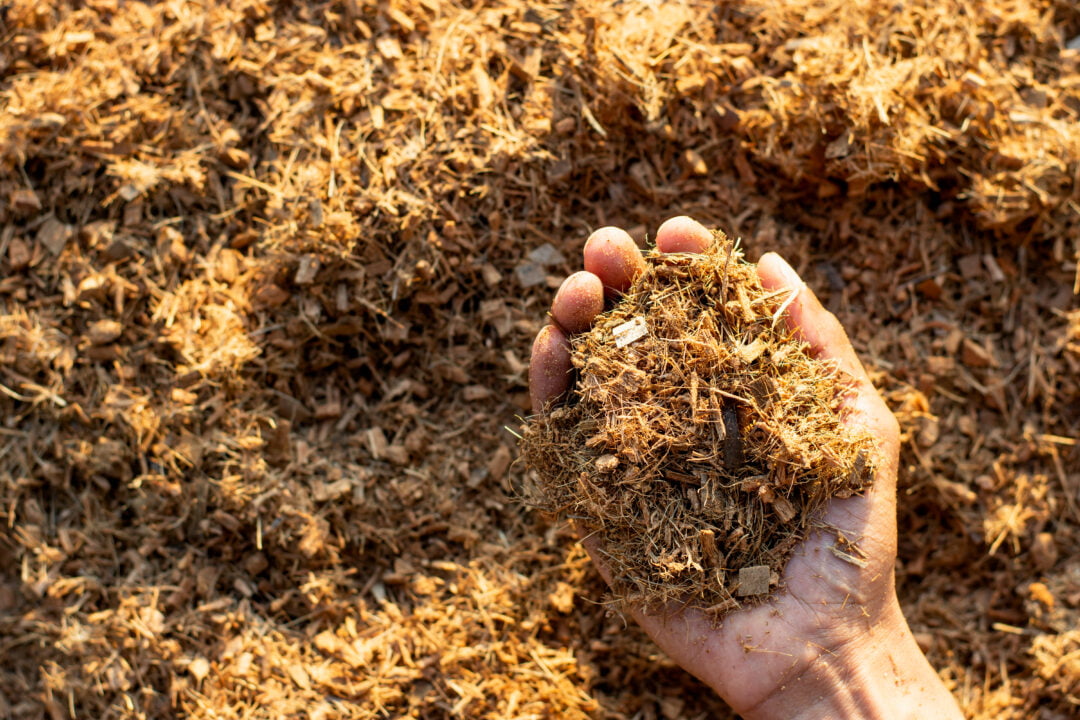Growing Cannabis in Coconut Fiber
THE HISTORY OF COCONUT FIBER
Coconut fibre, sometimes just called coco, is a natural fibre extracted from the husk of the coconut (who would have thought?). Aside from being a great growing medium for all types of plants (including cannabis), coco coir is also found in doormats, brushes, and mattresses. And while growing a plant in coco coir may seem super new, humans have actually been using coco for millennia. Historical texts show that Indian and Arab sailors used coir to make rope and rigging on their ships.
As early as the 19th century, the English had established a coco fibre industry, mainly producing carpets and other types of floor coverings. It officially found its way into the horticultural industry in the 1980s after being used commercially in Holland to grow roses and lilies. Today you can find all sorts of things made from coir, including pots, baskets, rugs and more. One of the world’s largest producers of coconut fibre is India. And of course, you can also find them in any good garden centre as a growing medium.
PLANTING CANNABIS IN COCONUT FIBER
Coir is an excellent growing medium for all types of plants, including cannabis. It has a natural pH of around 6.5-7, which means it closely resembles unfertilized soil. Coco coir can be used both indoors and outdoors, and many growers use it in conjunction with regular soil to improve drainage and aeration throughout the growing medium. However, you can also use coco coir alone as a hydroponic substrate.
DIFFERENT KINDS OF COCONUT FIBERS
Different Types Of Coconut Fibers
There are different types of coco coir available at your local grow shop. Here are some of the most common coir products you’re likely to encounter:
Coir bricks: Coir bricks come in many different sizes. They must be soaked, rinsed and dried before use unless you specifically purchased a buffered and dried brick from a store. Once the brick has dried, you can simply mix it into your soil (or perlite if you’re planning on going full hydro ). You should buy quality bricks, as poor quality bricks can contain salt, which isn’t great for your plant and makes it difficult to crumble and mix in when preparing your growing medium.
Pre-Mixed Coir Blend: Pre-mixed coir blend can be purchased at a garden center just like regular soil. Usually, they contain a mixture of coir and either perlite, clay granules or both. If you don’t have the time or space at home to buy complete bricks and soak, rinse, and dry them, this is a great option. As always, you should opt for a quality blend. Your plants will thank you later.
Expanding pellets: Expanding pellets are small coconut fiber panels. They are very common when growing seedlings as they help the seedlings develop strong root systems quickly. Best of all, once the seedlings are ready and well-rooted, they can be transplanted to another growing medium.
HOW TO USE COCONUT FIBER AS A SUBSTRATE
How to use coco coir as a substrate
Coir makes a good substrate and can be used alone or in conjunction with other substrates such as regular soil and perlite. Coir is particularly popular with indoor growers who love it for its ability to hold extra water while still providing good drainage and aeration. If you plan to use coco coir, you have two options: you can buy ready-made mixes from a regular garden center, or you can make your own at home.
If you do decide to make your own, be sure to opt for high-quality coir bricks, preferably labelled “low salt”. Once you’ve chosen your bricks, you can start by soaking and drying them (as mentioned above). Once the bricks are ready, you can start breaking them up and mixing them with your soil. The ratio of coco coir to soil is up to you, but most growers use around 10–20% coco coir. Once you’re done mixing, you can also add a bit of compost or fertilizer to the mix to create a nutrient-rich growing medium.
Some growers also like to mix coco coir with perlite or soil. Again, everyone is free to use their own mixing ratio, but a good rule of thumb is about 10-20% coir, 30% perlite, and 50-60% soil.
Alternatively, you can use coco coir (or a coco coir-perlite mix) alone as a soilless growing medium. Keep in mind that this way your plant will not get any nutrients from the medium, so you will have to constantly add liquid nutrients yourself.
HOW TO USE COCONUT FIBER FOR HYDROCULTURE
Using coco in a hydroponic setup is very similar to using substrates in pots. However, it is generally recommended to use coco coir, which is offered specifically for hydroponic use. This coco coir is usually treated and processed slightly differently and is likely to give better results. You can find them at any good gardening store.
As always, you should rinse the coir to remove excess salt. Coconut fiber tends to clump when flushed. Therefore you should break it apart again to make sure that it is well aerated. Then proceed to pot your plants as you normally would. If you use coco coir in a hydro system, you should pay close attention to the nutrients. Keep in mind that hydroponic plants get all of their nutrients from the water, and coco coir holds and disperses water differently than regular soil.
In general, we recommend that you use a nutrient mix specially developed for coconut fiber cultivation. Also, make sure to do regular water tank tests to ensure you’re providing your plants with the right balance of nutrients. Pay special attention to your plants and signs of nutrient deficiencies. Even if you’re working with the perfect nutrient balance, you’ll find that your coco coir delivers nutrients to plants in a different way than regular soil.
HOW TO REUSE COCONUT FIBER
A great advantage of growing with coir is this: it is reusable! Remember to give them a good rinse to remove old, built-up nutrients. You can either reuse coco coir as a potting/hydro medium or redistribute it to other plants to loosen up the soil and improve drainage and aeration. Used coco coir also works very well as a mulch, which will help limit the spread of weeds in your garden.




